The oldest Nissan Skyline is the Prince Skyline, which was introduced in 1957 by the Prince Motor Company before it merged with Nissan in 1966. The Skyline nameplate has a rich history dating back to the late 1950s. Over the years, it evolved through various iterations, establishing a reputation for performance and innovation.
The second generation, introduced in the late 1960s, saw the debut of the GT-R badge, laying the foundation for its future in motorsport. The third generation, launched in the early 1980s, embraced turbocharging and all-wheel drive, cementing its status as a high-performance icon.
The 1972 Nissan Skyline belongs to the second generation, commonly known as the "C110" generation. This generation was produced from 1968 to 1972 and included various models such as the Skyline 2000GT and the iconic GT-R variant, the PGC10. These models were renowned for their performance and racing success, particularly in the Japanese Grand Prix.
Nissan Unveils A JDM-Only 414-HP High-Performance Nismo Edition Of Skyline Sedan
1972 Nissan Skyline Models
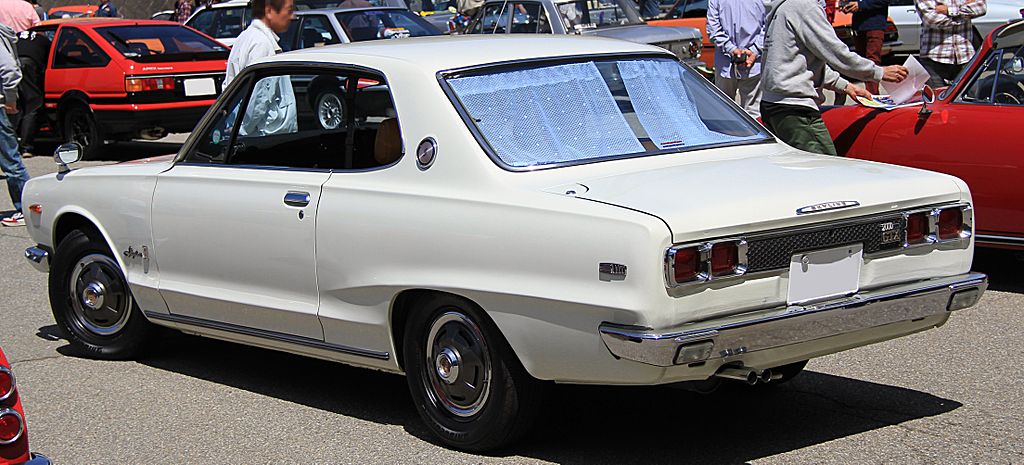
1972 C10 Nissan Skyline 2000GT-X - Photo credit: TTTNIS via Wikimedia
- KPGC-10 2 Door GT-R Skyline (October 1970 - September 1972)
- KGC-10 2000GT 2-door (October 1970 - September 1972)
- KGC-10 2000GT-X 2-door (September 1971 - September 1972)
- GLC-10 2000GT 4-door Left Hand Drive
- HGLC-10 2400GT 4-door Left Hand Drive
1. The KPGC-10 2 Door GT-R Nissan Skyline
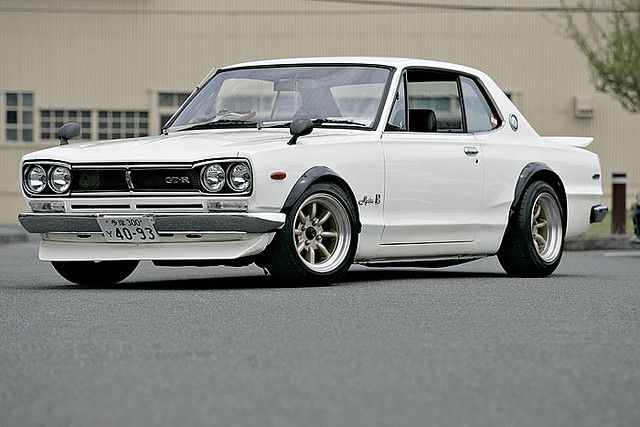
Photo credit: Pinterest
The "K" in KPGC-10 stands for "Ken", which is a Japanese word meaning "sword" and symbolizes the performance-oriented nature of the GT-R lineup. "PG" stands for "Prince Skyline GT", indicating its lineage from the Prince Motor Company's Skyline models.
Finally, "C-10" denotes the chassis code of this particular generation of the Skyline, which helps identify its specifications and features.
The KPGC-10 2 Door GT-R Skyline, produced from October 1970 to September 1972, featured the S20 inline-six engine derived from the legendary Prince R380 race car. This 2.0-liter powerplant utilized dual overhead camshafts and triple Mikuni-Solex carburetors, delivering an impressive output of around 160 horsepower.
Coupled with a close-ratio 5-speed manual transmission and a limited-slip differential, the GT-R Skyline exhibited exceptional performance on the road and track. Its advanced suspension system, comprising MacPherson struts at the front and semi-trailing arms at the rear, ensured precise handling and cornering capabilities.
Visually, the KPGC-10 GT-R Skyline distinguishes itself with its iconic "boxy" design, flared fenders, and distinctive racing livery. Inside, the purposeful yet refined cabin featured bucket seats, a sporty steering wheel, and comprehensive instrumentation.
2. KGC-10 2000GT 2-door Nissan Skyline
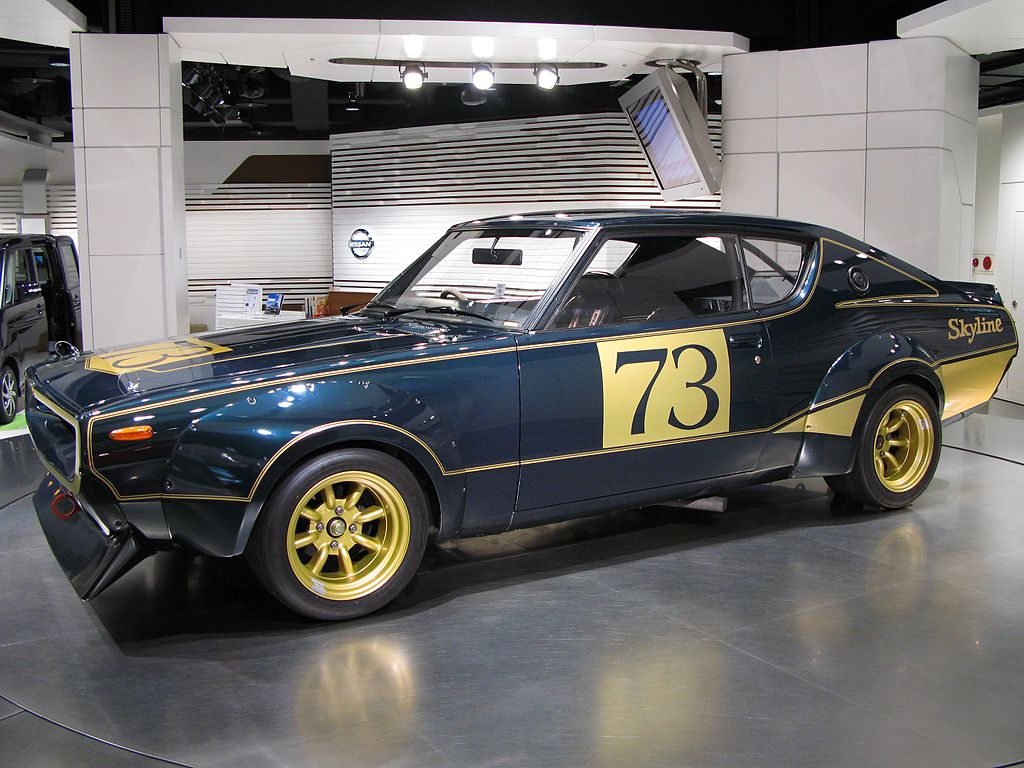
Photo credit: MIKI Yoshihito via Wikimedia
The KGC-10 2000GT 2-door, produced from October 1970 to September 1972, embodied the characteristics of the Skyline lineage.
Powering this iconic model was the renowned G7 2.0-liter inline-six engine equipped with a single overhead camshaft and twin Hitachi carburetors, enabling a spirited performance output of approximately 130 horsepower. The paired 4-speed manual transmission supported spirited drives and daily commutes.
Its independent suspension system, featuring MacPherson struts at the front and semi-trailing arms at the rear, ensures responsive handling and a comfortable ride. The "GC" in KGC-10 stood for “Grand Coupe", indicating its classification as a two-door coupe model.
3. KGC-10 2000GT-X 2-door Nissan Skyline
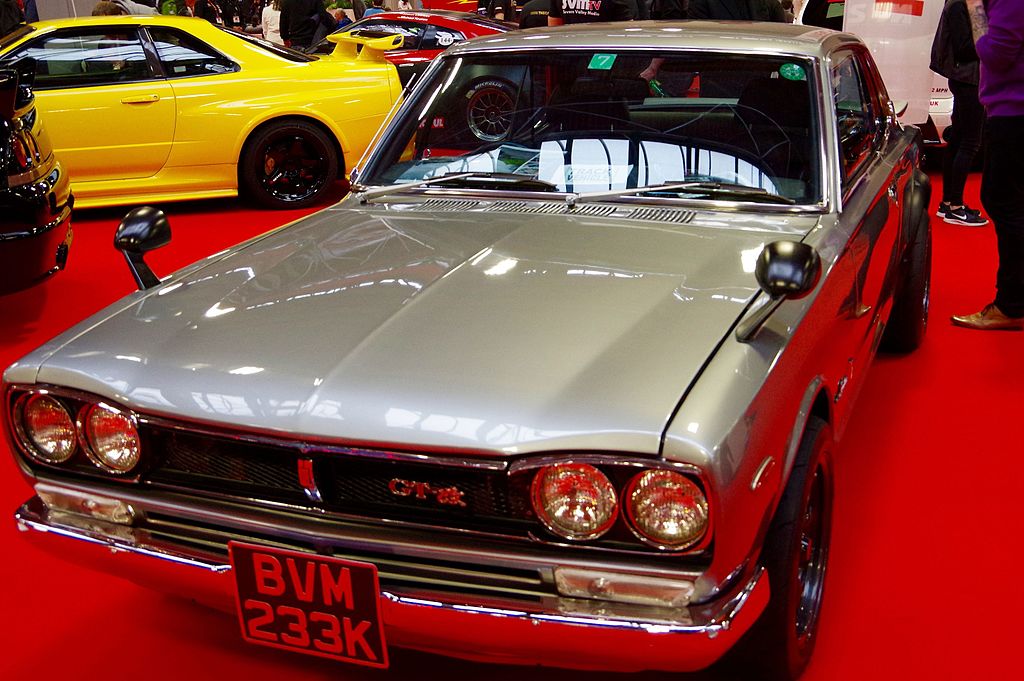
Photo credit: David Merrett via Wikimedia
The KGC-10 2000GT-X 2-door is an iconic model that epitomizes the fusion of style and performance within the Skyline lineage.
Powering the 2000GT-X was the same 2.0-liter G7 inline-six engine, equipped with a single overhead camshaft and twin Hitachi carburetors.
However, Nissan paired the engine with a 5-speed manual or an optional automatic transmission, although the output remained the same at approximately 130 horsepower.
4. Nissan Skyline GLC-10 2000GT
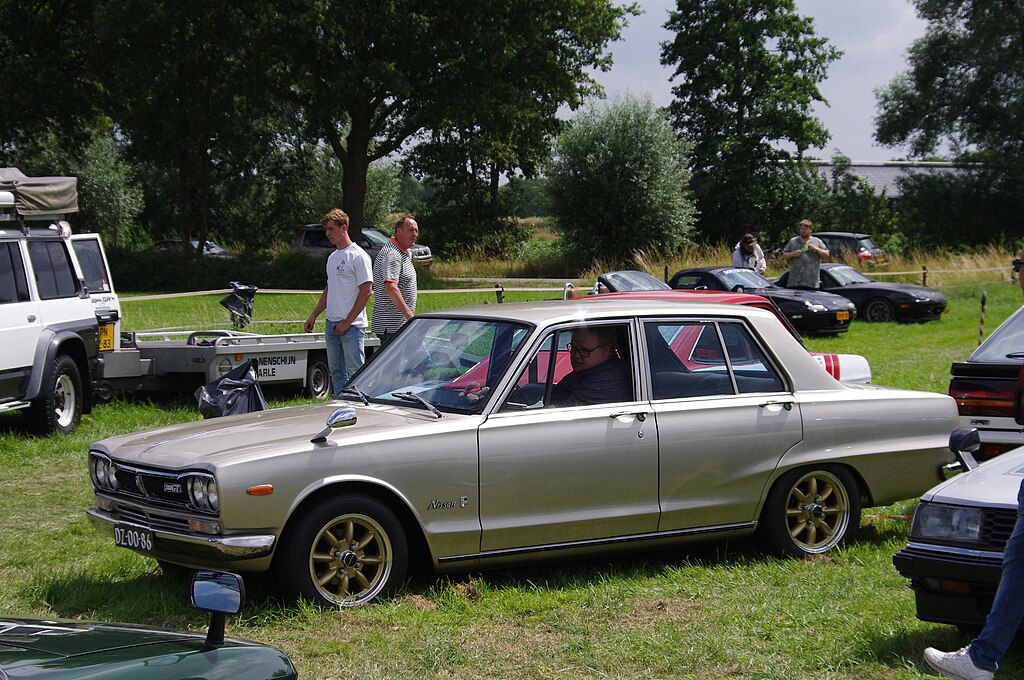
Photo credit: Rutger van da Maar via Wikimedia
The designation "GLC" is short for Grand Luxurious Car, while "2000GT" indicates that the car is equipped with a 2.0-liter engine. The "Left Hand Drive" (LHD) models were manufactured for markets like North America, parts of Europe, and other regions.
It relied on a similar powertrain as the 2400GT, comprising a straight-six engine mated to either a 4-speed manual or 3-speed automatic transmission.
5. Nissan Skyline HGLC-10 2400GT
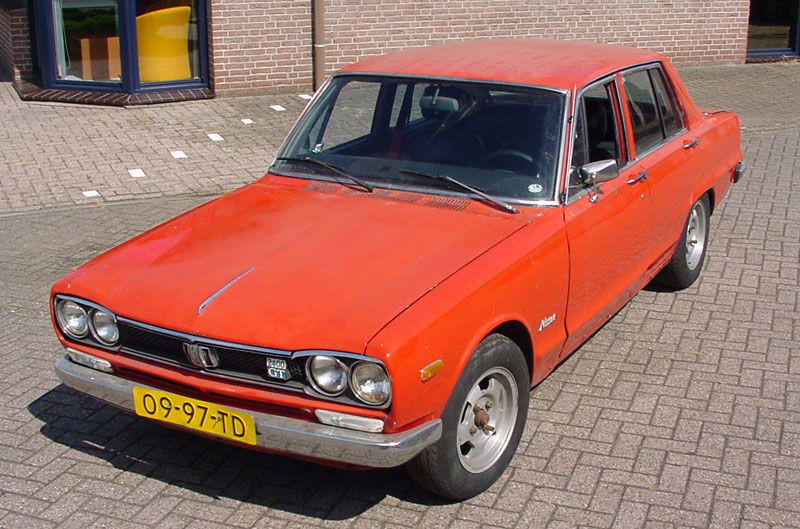
Photo credit: GTR Forum
The "HGLC" prefix in the Nissan Skyline HGLC-10 2400GT denotes a higher-performance version in the lineup, with the "2400GT" indicating that this model is equipped with a larger 2.4-liter engine.
Beneath its hood lies the potent L24 inline-six engine featuring a single overhead camshaft and twin Hitachi carburetors, providing ample power for both city driving and highway cruising. The engine was paired with a 4-speed manual or an optional automatic transmission.
See also:
The Nissan Ariya Is One Of The Safest SUVs Of The Year, According To The IIHS – An In-depth Review
Hakosuka: The Original Nissan GT-R Skyline
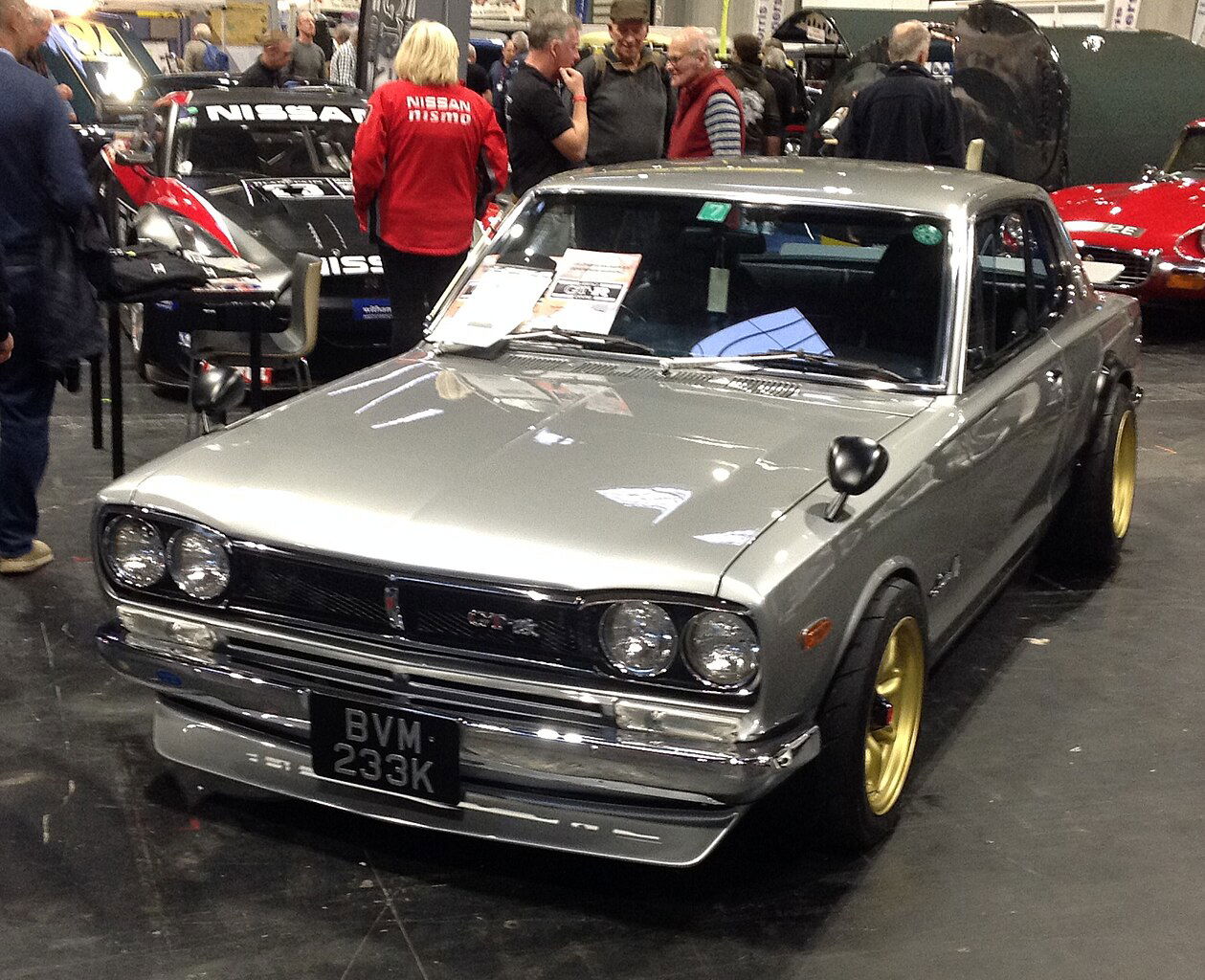
1972 Datsun Skyline GT-R - Photo credit: andreboeni via Wikimedia
In the waning days of winter in 1969, the first iteration of the GT-R Skyline, known to Nissan insiders as the PGC-10, was born. Evolving to a coupé body style, the GT-R earned the internal designation KPGC-10.
Among enthusiasts, the vehicle affectionately earned the moniker "Hakosuka," a portmanteau derived from "Hako" (meaning "box" in Japanese) due to its boxy shape, and "Suka," a contraction of "Skyline."
Under its hood throbbed the heart of innovation, the S20 I6 engine, a 2.0-liter (1998 cc) marvel born from the minds of engineers previously associated with Prince Motor Company.
This dual overhead cam powerplant was kin in spirit to the GR8 engine that propelled the Prince R380 race car, delivering an updated 160 horsepower (119 kW) and a torque output of 133 lb-ft (180 N⋅m).
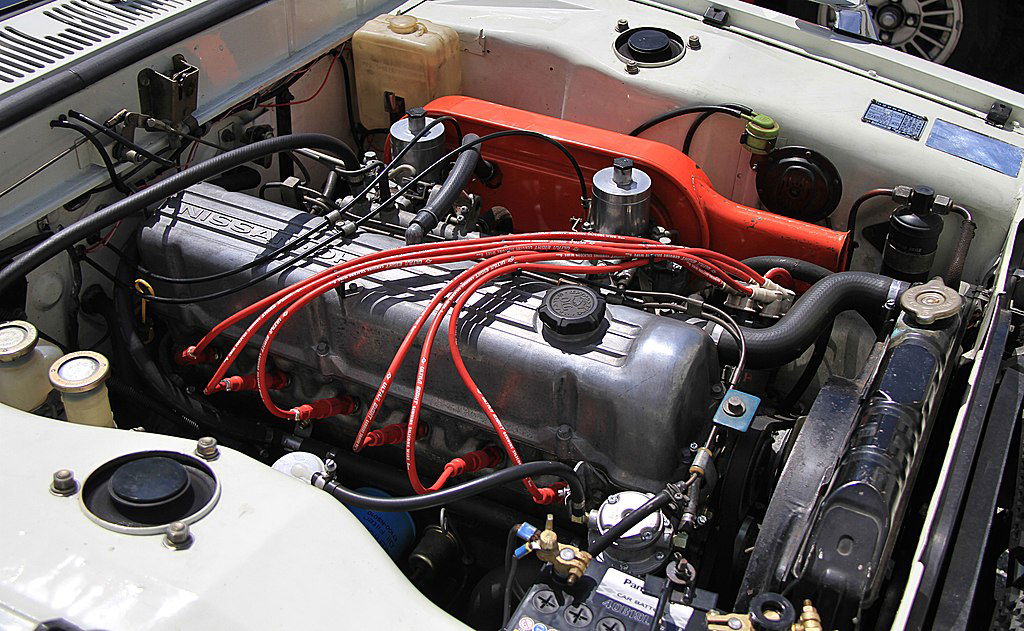
1972 Nissan Skyline Hardtop C10 2000GT-X engine - Photo credit: TTTNIS via Wikimedia
The GT-R's journey began with its four-door sedan version, but the narrative took a sharp turn with the unveiling of a sleeker 2-door coupé in October 1970, officially hitting the streets in March 1971, stripped down to the essentials to shave off weight for competitive racing.
The sedan swiftly amassed a staggering 33 racing victories in under two years, while the coupé variant extended the winning streak to 50 triumphs by the end of 1972.
These victories were not won in isolation; the C10 Skyline GT-R contended with a roster of formidable adversaries, including the Toyota 1600GT, Isuzu Bellett GTR, Mazda's Familia (R100) & Capella (RX-2), and even models from Porsche. However, the emergence of the Mazda RX-3 in late 1971 put paid to the Skyline GT-R's dominance in motorsport.
September 1972 marked the arrival of the Skyline GT-R hardtop, yet this model's reign was fleeting, ceasing production in March 1973 amidst the throes of the oil crisis. As the world shifted its preference towards fuel-efficient vehicles, sports cars with high-performance pedigrees fell out of favor.
With Nissan's withdrawal from motor racing, the raison d'être of the GT-R seemed to dissolve. Despite its prowess, the GT-R never saw an official international release, though plans to bring it to Australian shores had been contemplated.
A mere 197 units of the KPGC110 GT-R found owners through Nissan's specialist Performance shops—the precursors to what would later become NISMO. This model marked the end of an era, with a 16-year hiatus preceding the resurgence of the GT-R line with the BNR32 in 1989.
1972 Nissan Skyline Price
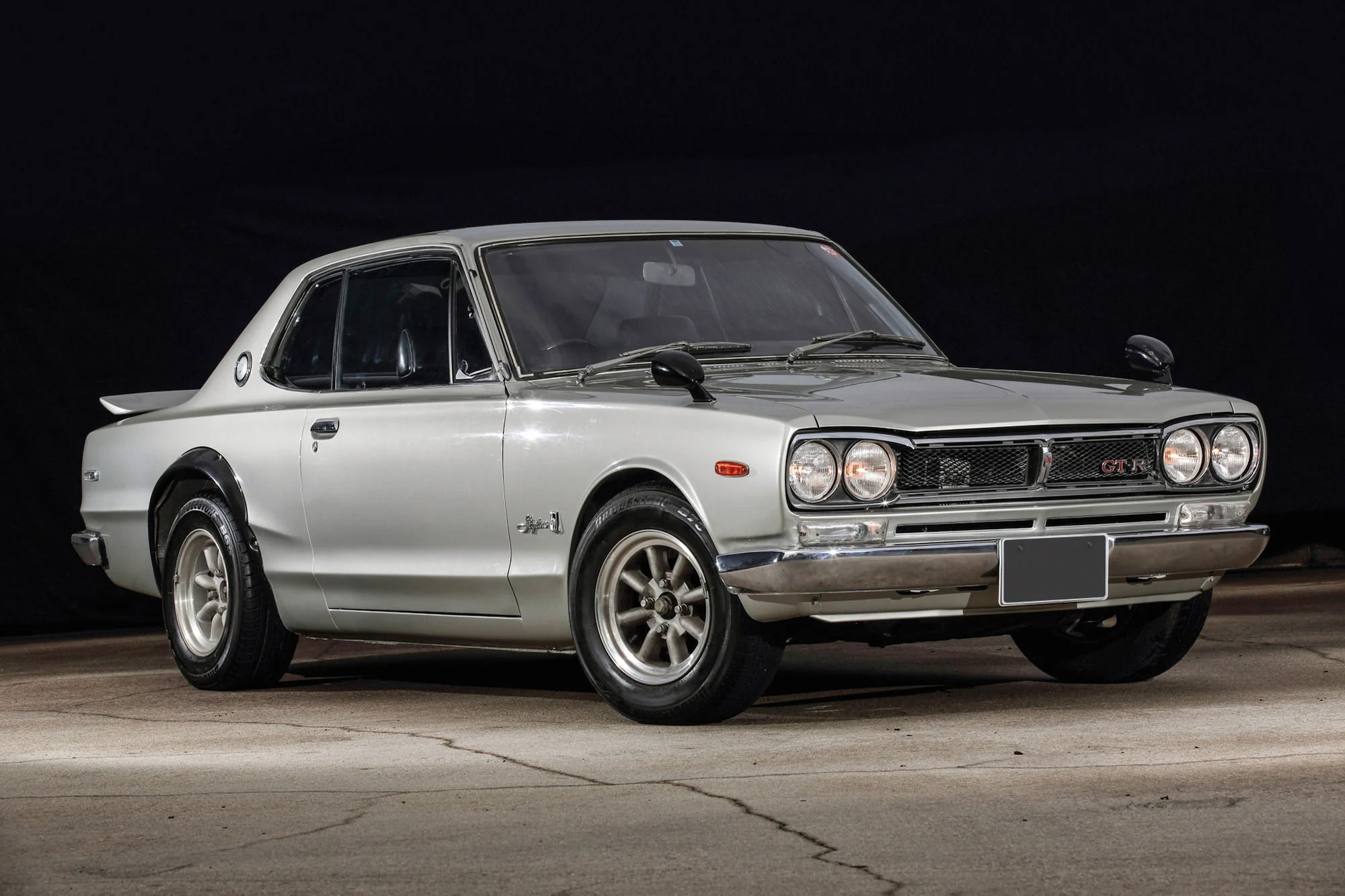
Photo credit: Silodrome
The average price of a 1972 Nissan Skyline is around $88,025. The prices can vary, with the lowest sale reported at $59,500 and the top sale at $135,000. In a recent sale, the car was sold for $70,000.
Using ConceptCarz’s valuation tool, the median sale price of a 1972 Nissan Skyline GT-R is $187,000. The same car was sold for $242,000 in 2014. Price sources: CarfromJapan, Classic.com, TcVc